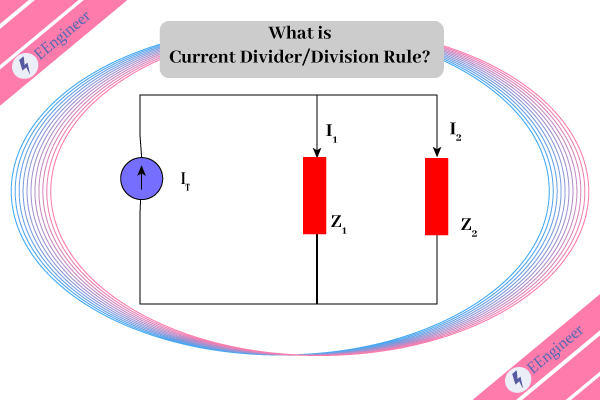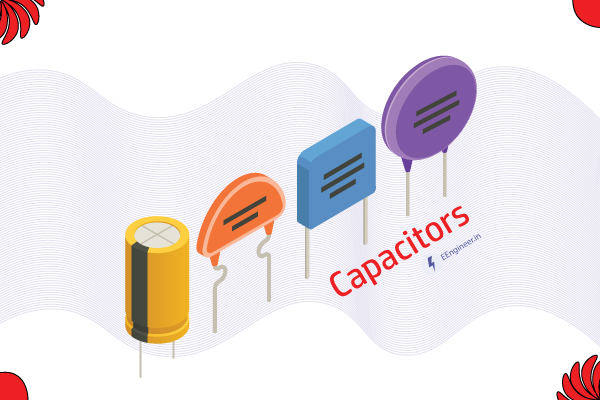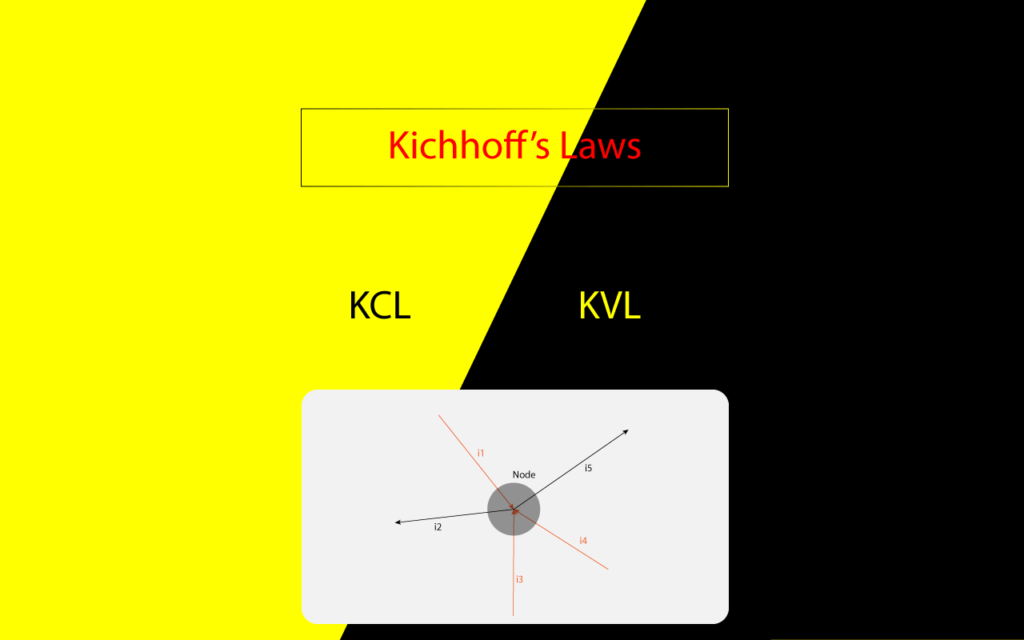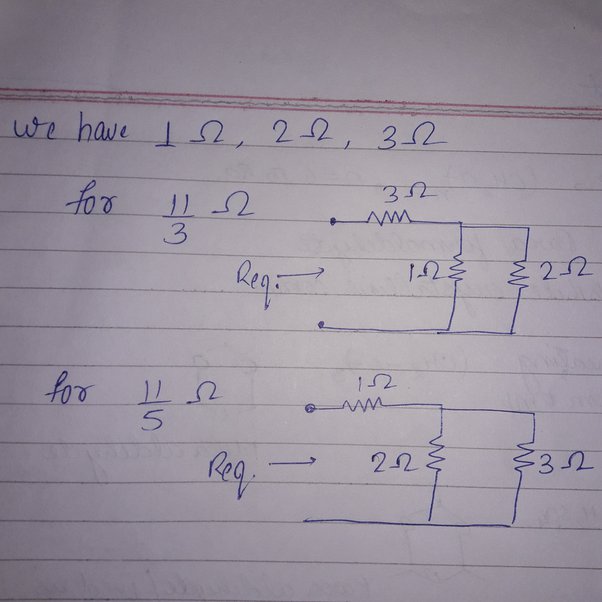What is Current Divider or Division Rule? Formula and Example
Generally, we need the current division Formula where there is a parallel network of the different elements like Resistor, Capacitor, or Inductor. We can use the Current Divider/Division Rule to find the current in each branch of the circuit easily. In this article, I have picked the best, easiest, and quickest examples to give you … Read more



